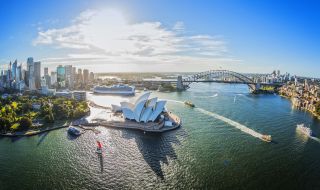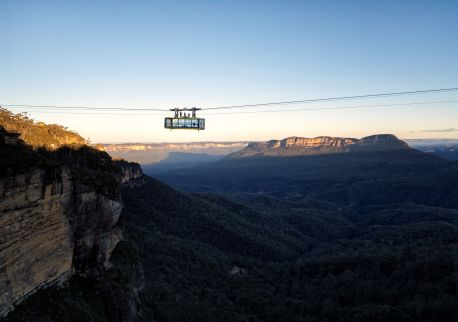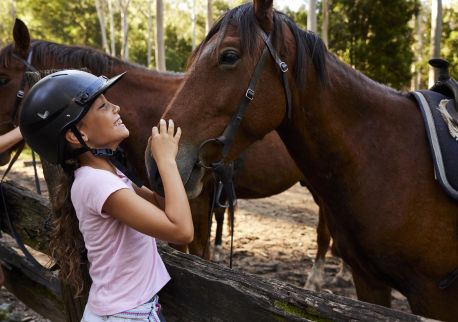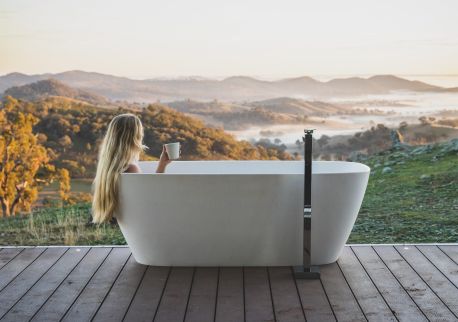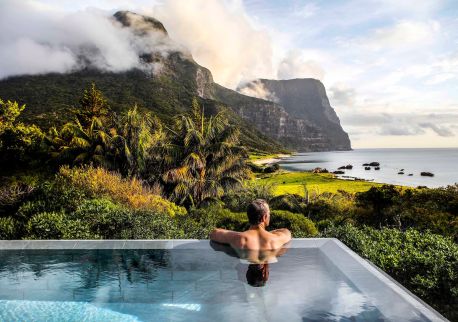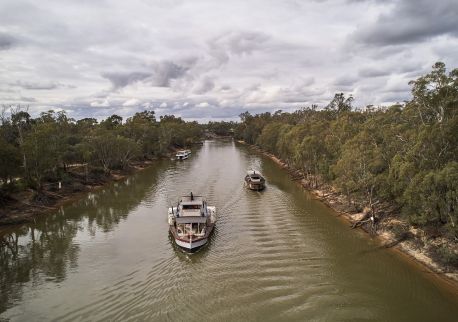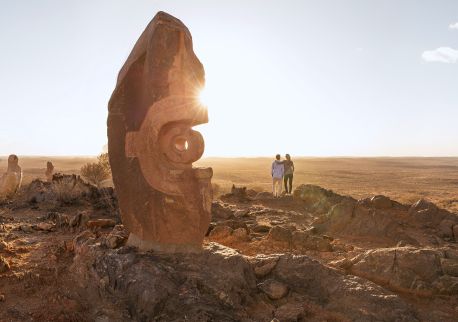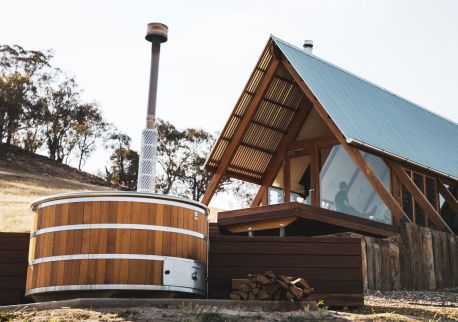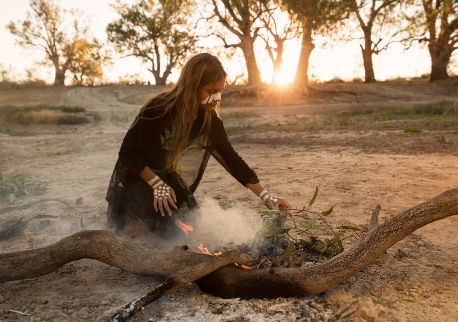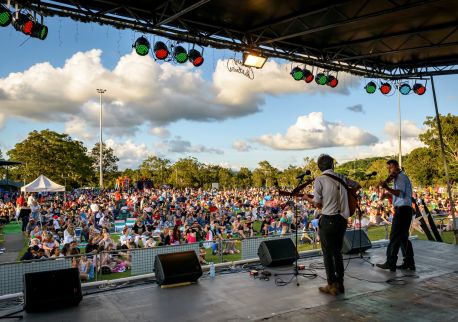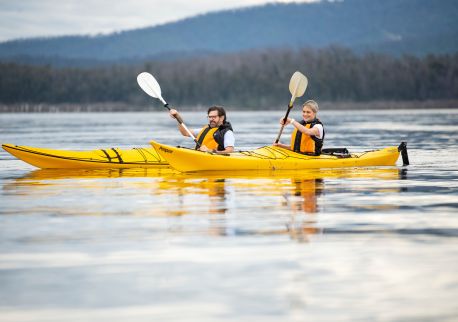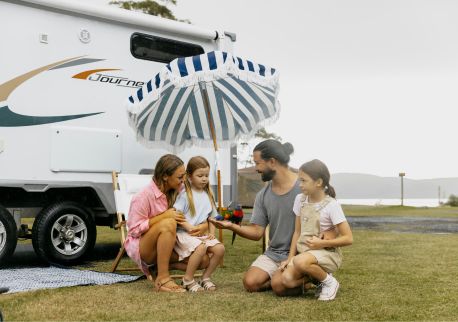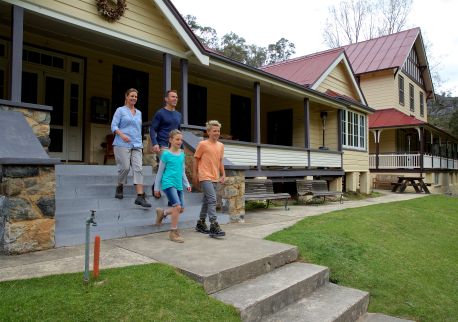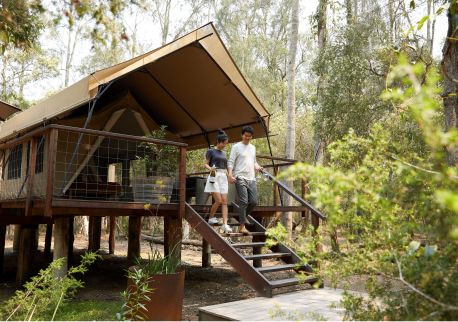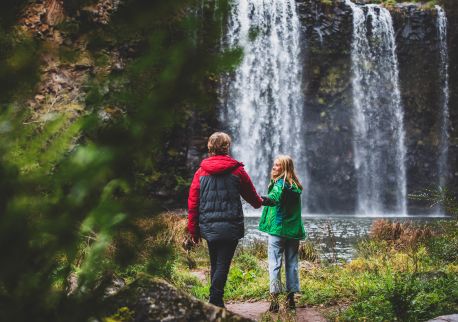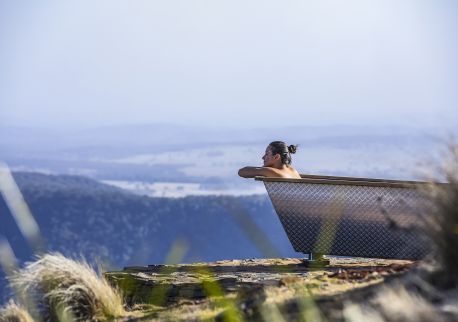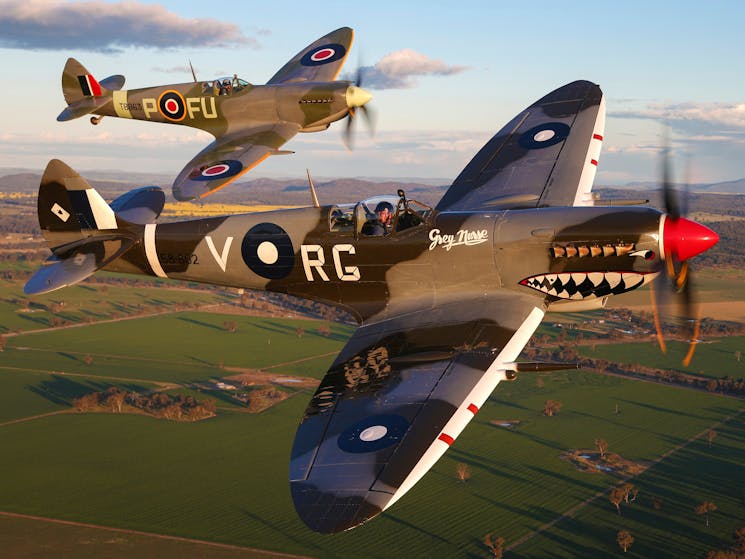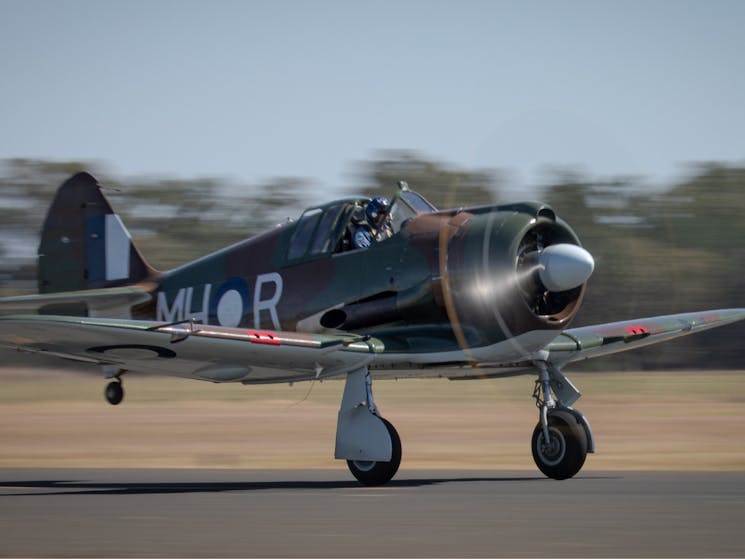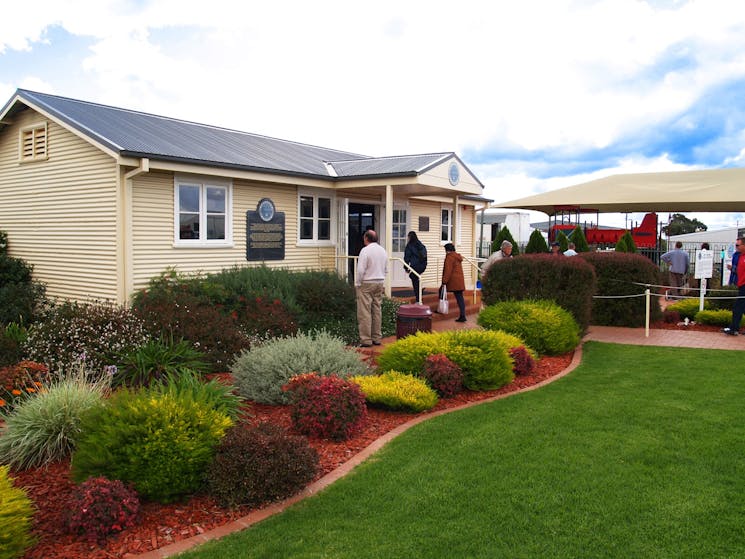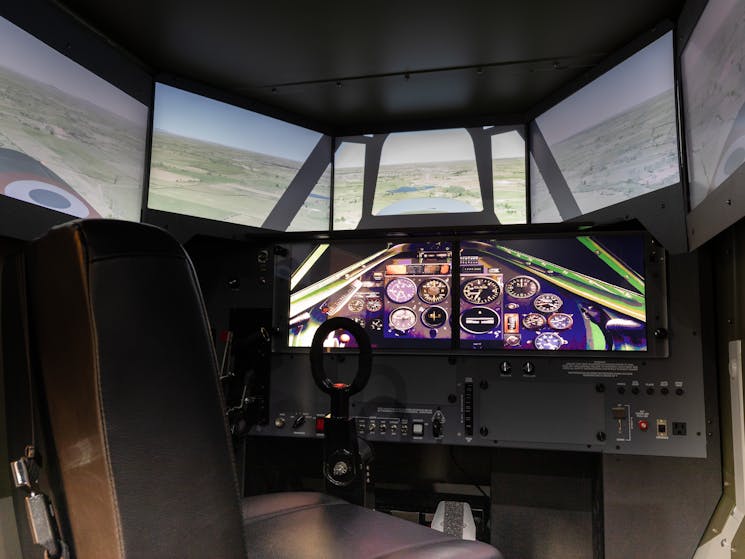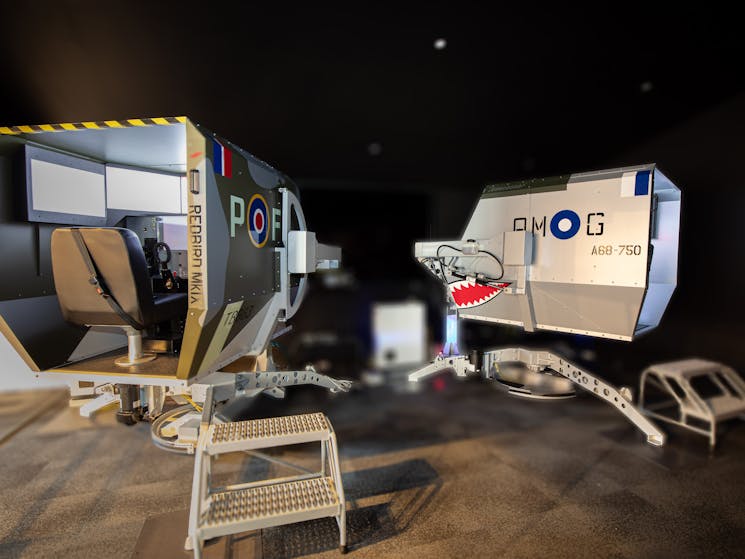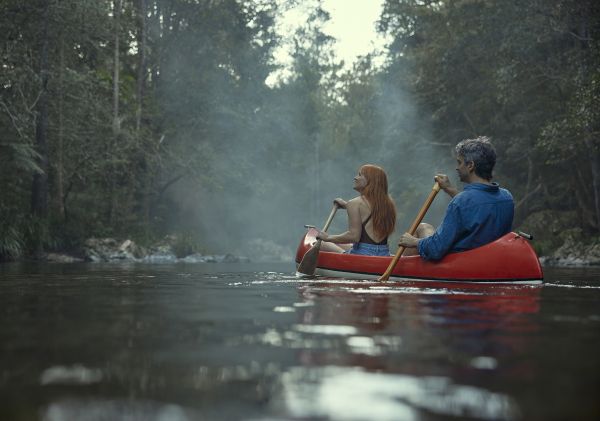Temora Aviation Museum
Overview
The Temora Aviation Museum showcases one of the world's finest collection of flying historic aircraft. Established in 1999 the Museum houses the RAAF 100 Squadron Temora Flight collection, which includes two of the three flying Spitfires in Australia as well as the only flying Lockheed Hudson and English Electric Canberra in the world, and the oldest flying Tiger Moth in Australia. Also part of the collection are a CA-16 Wirraway, CA-27 Sabre, CA-13 Boomerang, A-37B Dragonfly, Gloster Meteor F.8 and Ryan STM S2.
The Museum is now home to three full motion warbird Simulators- a Mk XVI Spitfire, P-51 Mustang and P-40 Kittyhawk. No experience is required, and the flight can be fully customised.
In addition to knowledgeable, dedicated and friendly volunteers, the Museum also offers a complimentary self-guided audio tour.
Featuring air-conditioned display buildings and hangars which allow close up inspection of the aircraft, a mezzanine level overlooking the engineering hangar, landscaped gardens, picnic areas, an aviation themed children's playground.
Aircraft Showcases are held throughout the year, where the aircraft take to the sky, accompanied by commentary and music. Please visit the website for Aircraft Showcase dates.
The Museum also hosts Warbirds Downunder, a large biennial air show which displays Warbird aircraft from all over the country.
Accessibility
Allows a person's carer free entry into participating venues and events
Actively welcomes people with access needs.
Advise tour guides of the access needs of guests at the time of booking (includes pick up and drop off requirements)
Ask all visitors if there are any specific needs to be met
Caters for people who are blind or have vision loss
Caters for people who are deaf or have hearing loss
Caters for people who use a wheelchair.
Caters for people with sufficient mobility to climb a few steps but who would benefit from fixtures to aid balance. (This includes people using walking frames and mobility aids)
Have a step free main entrance to the building and/or reception area (includes ramps or slopes with a maximum gradient of 1:14, otherwise are too steep for wheelchairs)
Have a wheelchair accessible toilet / shower and change room
Have an accessible public toilet which is unlocked
Have at least one wheelchair accessible parking space with wheelchair accessible signage clearly displayed (International standards are 3200mm wide x 2500 mm high)
Have doorways which are easy to open and have lever handles (doorways 850mm or wider when open and not heavy)
Have grab rails in the bathroom
Have step free outdoor pathways (includes picnic areas, barbecues and shelters)
Offer a range of contact methods for receiving complaints
Offer multiple options for booking - web, email, phone
Provide information in audio format (includes an audio described map of your venue, audio descs of performances and/ or displays)
Provide seating in common areas including reception area
Train your staff in customer service for people with vision loss (training would incorporate way finding and communicating with people with vision loss)
Train your staff in communicating with people who are deaf or have hearing loss
Train your staff in communicating with people with learning or behavioural challenges
Train your staff in disability awareness
Use non-slip tiles in the bathroom or slip resistant matting
Use Plain English / easy read signage and information (includes menus and emergency information)
Welcomes and assists people who have challenges with learning, communication, understanding and behaviour. (includes people with autism, intellectual disability, Down syndrome, acquired brain injury (ABI), dyslexia and dementia)
